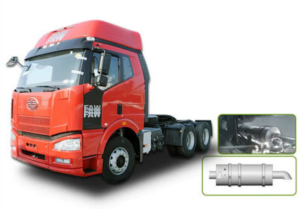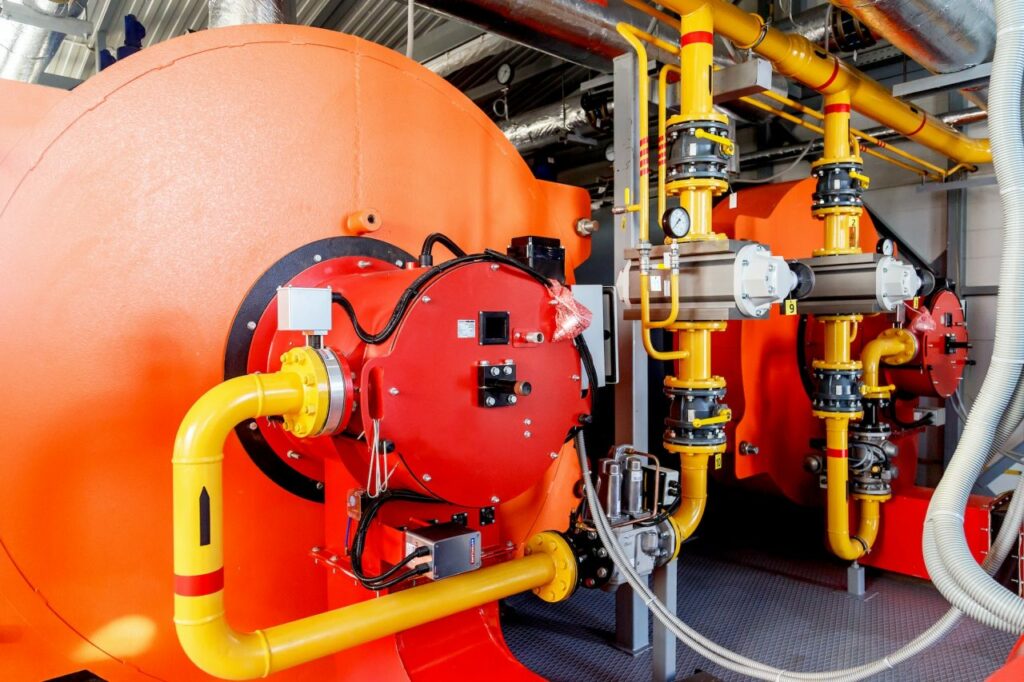When we talk about a car’s ability to reduce emissions, the catalyst system is the unsung hero—but many drivers don’t fully understand what it entails. Simply put, a catalyst system in a car is a set of interconnected components working together to clean exhaust gases, and Hualian Catalyst builds these systems using robust ceramic catalyst materials and proven industrial catalytic converter technology. Let’s break down what this system is, how it uses these key components, and why it’s essential for modern vehicles.

Table of Contents
ToggleCore Components: Ceramic Catalyst and Industrial Tech
At the heart of the system is the main catalytic converter, which features a ceramic catalyst. This ceramic base is coated with precious metals like platinum or palladium, creating a surface where chemical reactions can occur to break down harmful pollutants. The ceramic catalyst’s porous, honeycomb structure maximizes surface area, ensuring efficient contact with exhaust gases.
In diesel vehicles, the system often includes an industrial catalytic converter, such as a DOC (diesel oxidation catalyst) or DPF (diesel particulate filter). These components, adapted from industrial designs, handle the unique challenges of diesel exhaust—like trapping soot and oxidizing unburned hydrocarbons. Hualian Catalyst’s industrial catalytic converter solutions are built to withstand high temperatures and heavy use, making them ideal for trucks and off-road equipment.
How the System Works as a Team
The catalyst system operates in a sequence. When the engine starts, exhaust gases first pass through a pre-converter (if present), which uses the ceramic catalyst to begin treating pollutants while the system warms up. Next, gases flow into the main converter, where the ceramic catalyst works with other components to further reduce emissions. In diesel cars, the industrial catalytic converter steps in: the DOC oxidizes hydrocarbons, and the DPF traps particulates, ensuring the final exhaust meets strict standards like Euro III-VI.
This teamwork is key. The ceramic catalyst handles general pollutant conversion, while the industrial catalytic converter addresses specific diesel-related issues. Together, they ensure that even under varying conditions—from cold starts to highway speeds—the system maintains consistent performance.
Why the Materials Matter
The choice of materials in the system is critical. Hualian Catalyst’s ceramic catalyst is heat-resistant, able to withstand exhaust temperatures exceeding 600°C without degrading. This durability ensures long-term efficiency, even with daily use. The industrial catalytic converter components, meanwhile, use rugged materials like silicon carbide, chosen for their strength and ability to handle the high vibration and stress of heavy-duty engines.
Hualian Catalyst has refined these materials for over 30 years, ensuring its ceramic catalyst and industrial catalytic converter parts work seamlessly. This expertise has led to systems that not only meet but exceed emission standards, supporting over 278,000 projects worldwide.
Conclusion
A car’s catalyst system is a coordinated network that relies on both ceramic catalyst technology for general pollutant reduction and industrial catalytic converter components for specialized tasks. Hualian Catalyst’s systems are engineered to integrate these elements seamlessly, ensuring clean emissions and reliable performance. Understanding this system helps drivers appreciate the innovation that keeps our vehicles eco-friendly and compliant.


